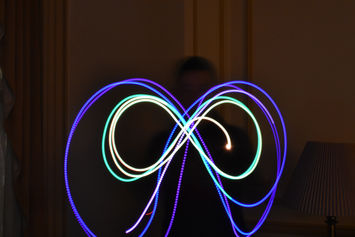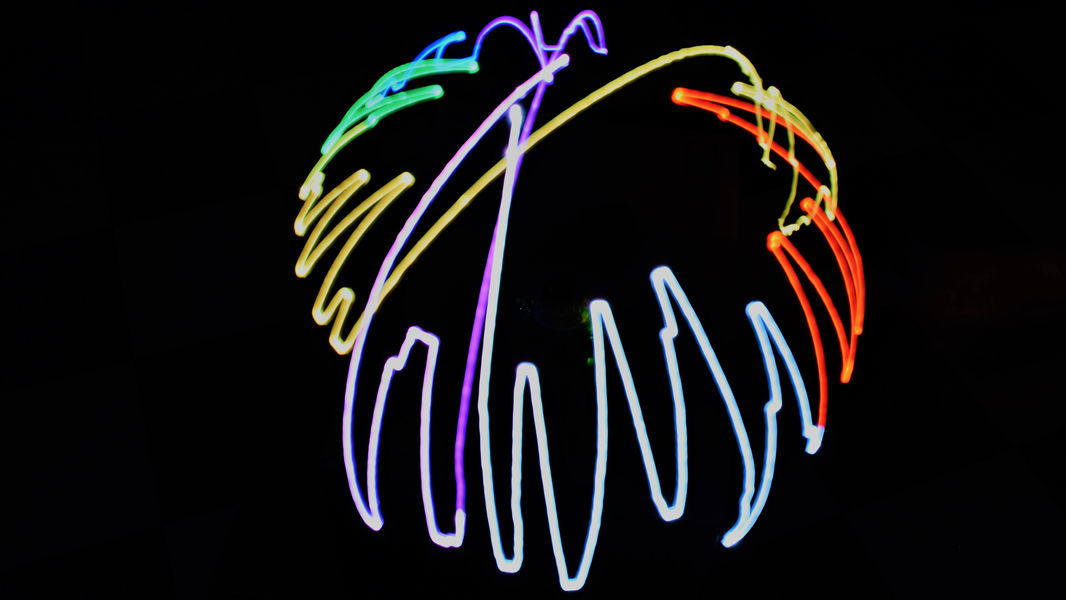ASSIGNMENT 4B: 2.5 AXIS MOTION SYSTEM
The goal of the assignment is to apply the concepts and methods that were previously reviewed in class for the design and assembly of a 2.5 Axis Motion System.
The Learning Objectives are:
-
To devise different ways to embody ideal joints such as revolute, prismatic, spherical and/or universal joints.
-
To design mechanical components with rational shapes, considering their function, mechanical loading, required accuracy, method of fabrication and assembly.
-
To integrate and test a product prototype with mechanical and electrical components.
The design challenge is to build a system that is small and lightweight enough so that it can be easily carried in a backpack. The design of the device can be totally or partially disassembled for transport, as long as it can be assembled by one person in no more than 10 minutes.
The device will comprise the structure and motion elements (stepper and servo motors, pulleys, linear guides and belts).
*Please click on pictures (below) to enlarge and show more details*
*TO SEE ARDUINO CODE, PLEASE CLICK ON THE PICTURE AND THEN CLICK ON LINK TO OPEN PDF*

Project Debrief:


































